SUP Rash guards
()Sort by
-
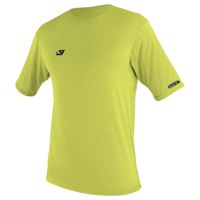
O´neill Wetsuits Premium Skins Youth Short Sleeve Surf T-Shirt
21.99 €
-
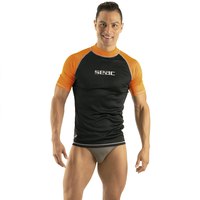
SEAC T-Sun Short Sleeve T-Shirt
18.99 €
-

SEAC Raa Evo Long Sleeve T-Shirt
24.49 €
-
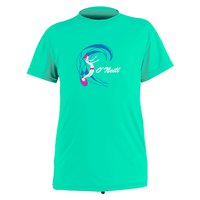
O´neill Wetsuits O´Zone Toddler Short Sleeve Surf T-Shirt
19.99 €
-
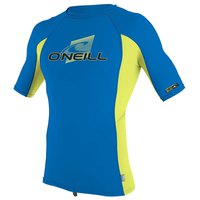
O´neill Wetsuits Basic Skins Sun Long Sleeve Rashguard
17.49 €
-
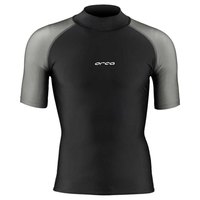
Orca Bossa Short Sleeve Rashguard
59 €
-

Orca Bossa Short Sleeve Rashguard
59 €
-

O´neill Wetsuits Premium Skins Girl Short Sleeve Surf T-Shirt
19.49 €
-

O´neill Wetsuits Basic Skins Crew T-Shirt
19.49 €
-

SEAC T Sun Short Sleeve T-Shirt
20.99 €
-
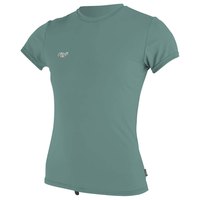
O´neill Wetsuits Premium Skins Girl Short Sleeve Surf T-Shirt
14.99 €
-

SEAC T Sun Short Sleeve T-Shirt
9.99 €
-
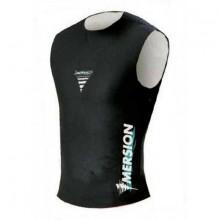
Imersion Aquaskin Neo Vest Woman
35 €
-
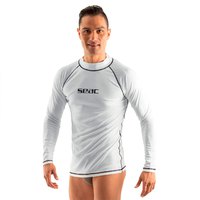
SEAC T Sun Long Sleeve T-Shirt
22.99 €
-

SEAC T-Sun Long Sleeve T-Shirt
23.99 €
-

Orca Tango Short Sleeve Rashguard
79 €
-

Cressi Blacklite 3.5 mm Vest
41.49 €
-

Aqualung Rashguard Sf Long Sleeve Man
37.99 €
-

Beuchat Sleeveless T-Shirt
44.99 €
-
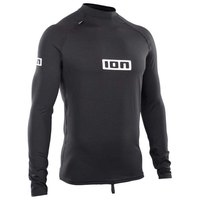
ION Promo Rashguard T-Shirt
38.49 €
-

O´neill Wetsuits Premium Skins Youth Short Sleeve Surf T-Shirt
24 €
-

O´neill Wetsuits Basic Skins Rash Tee S/S T-Shirt
20.99 €
-

O´neill Wetsuits Basic Skins Rashguard T-Shirt
21.99 €
-
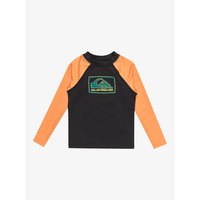
Quiksilver Upf50 UV Long Sleeve T-Shirt
17.99 €
-
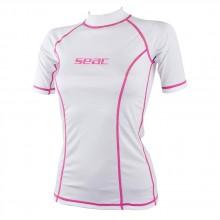
SEAC T Sun Short Sleeve T-Shirt Woman
20.99 €
-

Aqualung Rashguard Sf Long Sleeve Woman
37.99 €
-

Aqualung Rashguard Sf Short Sleeve Woman
39 €
-
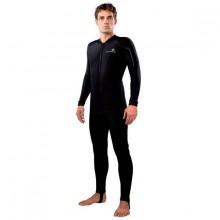
Lavacore Suit
198 €
-

Beuchat Atoll Short Sleeve T-Shirt
26.99 €
-

Beuchat Atoll Short Sleeve T-Shirt Woman
27.49 €
-

Beuchat Atoll Short Sleeve T-Shirt
23.99 €
-
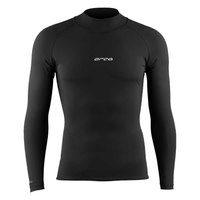
Orca Tango Long Sleeve Rashguard
89 €
-

O´neill Wetsuits Basic Skins Crew T-Shirt
19.49 €
-

O´neill Wetsuits Basic Skins Rashguard T-Shirt
16.99 €
-

SEAC T-Sun Short Sleeve T-Shirt
23.49 €
-

SEAC T-Sun Long Sleeve T-Shirt
24.99 €
-
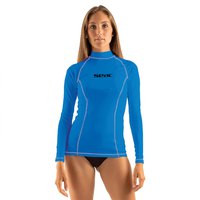
SEAC T-Sun Long Sleeve T-Shirt Woman
27.99 €
-

Aqualung Rashguard Sf Long Sleeve Man
45 €
-

Aqualung Rashguard Sf Long Sleeve Woman
45 €
-

Aqualung Rashguard Sf Short Sleeve Man
31 €
-

Aqualung Top Ceramiqskin Long Sleeve Man
143.99 €
-

Aqualung Top Ceramiqskin Short Sleeve Man
138.99 €
-

Gill Hydrophobe UV Long Sleeve T-Shirt
63.99 €
-

Beuchat Sleeveless T-Shirt Woman
44.99 €
-

Apeks Thermiq Hooded Vest 4/3 mm
158.99 €
-

ION Promo Rashguard T-Shirt
38.49 €
-

O´neill Wetsuits Thermo X Crew T-Shirt
45.99 €
-

O´neill Wetsuits O´Zone Toddler Short Sleeve Surf T-Shirt
15.49 €
-

O´neill Wetsuits O´Zone Toddler UV Long Sleeve T-Shirt
22.99 €
-

O´neill Wetsuits O´Zone Toddler UV Long Sleeve T-Shirt
19.49 €
-

O´neill Wetsuits Basic Skins Rashguard T-Shirt
23.99 €
-

O´neill Wetsuits O´Zone UV Toddler Shorts Rashguard
21.99 €
-

O´neill Wetsuits O´Zone Sun Shirt Toddler T-Shirt
19.99 €
-

O´neill Wetsuits O´Zone Toddler UV Short Sleeve T-Shirt
16.99 €
-
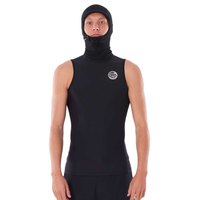
Rip Curl Flashbomb Hood Vest 0.5 mm T-Shirt
84.99 €
-
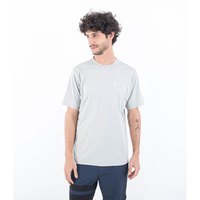
Hurley Everyday Hybrid UV Short Sleeve T-Shirt
32.99 €
-
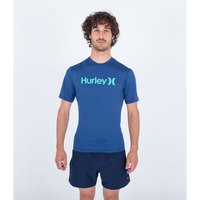
Hurley Oao Quickdry Short Sleeve Rashguard
32.99 €
-

Hurley Everyday Hybrid UV Short Sleeve T-Shirt
28.49 €
-

Hurley Everyday Hybrid UV Short Sleeve T-Shirt
32.99 €
-
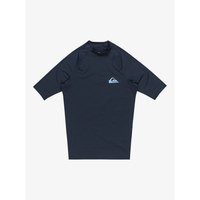
Quiksilver Upf50 UV Short Sleeve T-Shirt
24.99 €
-
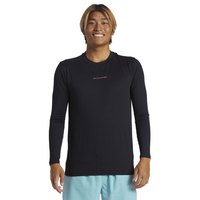
Quiksilver Surf UV Long Sleeve T-Shirt
32.99 €
-

Quiksilver Upf50 UV Short Sleeve T-Shirt
20 €
-

Quiksilver Upf50 UV Long Sleeve T-Shirt
19.99 €
-

Mares Thermo Guard 0.5 She Dives Short Sleeve T-Shirt Woman
55.16 €
-

Mares Rash Guard Trilastic Shorts
18.99 €
-
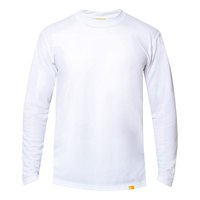
Iq-uv UV 50+ Long Sleeve T-Shirt
40.99 €
-
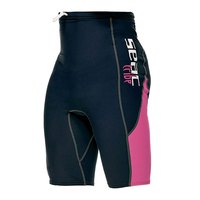
SEAC RAA Evo Pants Woman
21.99 €
-
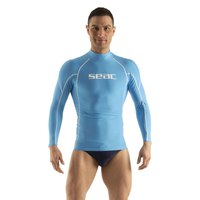
SEAC RAA Evo Long Sleeve T-Shirt
23.99 €
-

SEAC T Sun Long Sleeve T-Shirt Woman
23.99 €
-
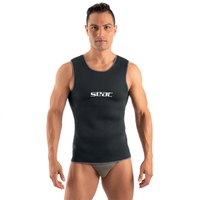
SEAC 2.5 mm Vest
32.99 €
-
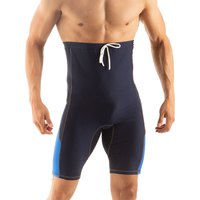
SEAC RAA Evo Pants
25.99 €
-

Aqualung Top Ceramiqskin Long Sleeve Woman
143.99 €
-

Aqualung Top Ceramiqskin Short Sleeve Woman
149 €
-

Aqualung Rashguard Sf Short Sleeve Man
36 €
-

Aqualung Rashguard Lf Long Sleeve Man
44.99 €
-

Aqualung Rashguard Lf Long Sleeve Woman
54.99 €
-

Aqualung Rash Guard Xscape Short Sleeve T-Shirt
31 €
-

Aqualung Rashguard Sf Short Sleeve Woman
38.99 €
-
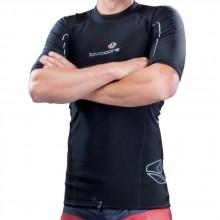
Lavacore Short Sleeve T-Shirt
94.99 €
-
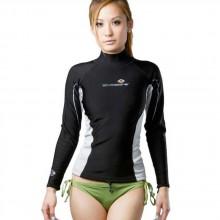
Lavacore Long Sleeve T-Shirt Woman
84.99 €
-

Beuchat Atoll Short Sleeve T-Shirt
22.99 €
-
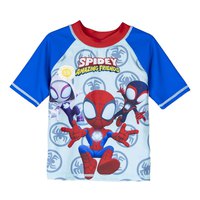
Cerda Group Spidey Rashguard
9.99 €
-

Cerda Group Avengers Rashguard
9.99 €
-
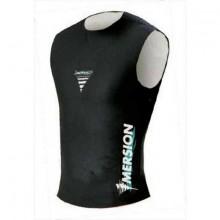
Imersion Aquaskin Neo Vest
35 €
-

Orca Thermal Thermal Undersuit
103.99 €
-

Orca Tango Woman Long Sleeve Rashguard
89 €
-
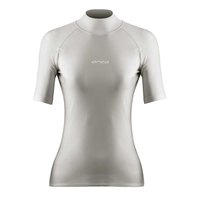
Orca Bossa Woman Short Sleeve Rashguard
59 €
-
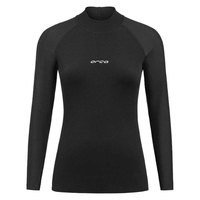
Orca Tango Thermal Woman Long Sleeve Rashguard
99 €
-

ION Promo Rashguard T-Shirt
38.49 €
-

O´neill Wetsuits Premium Skins Youth Short Sleeve Rashguard
22.99 €
-

O´neill Wetsuits O´Zone UV Toddler Shorts Rashguard
21.99 €
-

O´neill Wetsuits Thermo X Crew S/S T-Shirt
34.99 €
-

O´neill Wetsuits Side Print Rashguard
34.99 €
-

O´neill Wetsuits Basic Skins T-Shirt
22.49 €
-

O´neill Wetsuits 4169B Premium Skins Short Sleeve Rashguard
31.99 €
-

O´neill Wetsuits 4175 Premium Skins Youth Short Sleeve Rashguard
22.99 €
How to choose a rash guard for SUP?
Choosing a rash guard for stand up paddleboarding SUP is important to ensure your comfort and protection while out on the water. Here are some key factors to consider when selecting a rash guard for SUP:Material:
Look for rash guards made from high quality, quick drying, and moisture wicking materials such as nylon or polyester. These materials will keep you dry and comfortable during your paddleboarding sessions.
UV protection:
UV protection is crucial, as it helps shield your skin from the harmful effects of the sun. Look for rash guards with a high UPF Ultraviolet Protection Factor rating, typically UPF 30 or higher, to block out the majority of UV rays.
The fit:
A rash guard should fit snugly but not be overly tight. A good fit helps prevent chafing and ensures that the rash guard stays in place while paddling. Consider choosing a rash guard with a longer hem to keep it from riding up.
Sleeve length:
Rash guards come in various sleeve lengths, including short sleeve, long sleeve, and sleeveless. The choice of sleeve length depends on personal preference and the weather. For sun protection and warmth, long sleeve rash guards are a good choice, while short sleeve or sleeveless options are more suitable for hot weather or when you need more freedom of movement.
Color and design:
While style is a matter of personal preference, consider choosing bright colors or rash guards with high visibility designs, as they can make you more noticeable on the water, which is essential for safety.
Durability:
Ensure that the rash guard is made of durable materials that can withstand exposure to water, sun, and salt. Look for flatlock seams that are less likely to chafe and provide extra durability.
Thickness:
Some rash guards come in different thicknesses to provide additional insulation in cooler conditions. Choose a thicker rash guard if you plan to paddle in colder waters.
Layering:
If you often paddle in a variety of conditions, consider buying a few rash guards of different thicknesses and sleeve lengths to allow for layering. This way, you can adapt to changing weather and water conditions.
Zipper or no zipper:
Some rash guards come with a front or back zipper, which can make it easier to put on and take off. This can be especially useful when the rash guard fits snugly. However, zippers can be a potential source of irritation or discomfort, so choose one with a zipper only if you find it more convenient.
Neoprene vs. Lycra:
Neoprene rash guards provide excellent insulation and are suitable for colder water conditions. They are thicker and warmer but can limit mobility compared to Lycra or spandex rash guards. Lycra rash guards are more lightweight and flexible, making them great for warm weather paddling.
Rash guard with hood:
If you´re paddleboarding in cooler conditions, consider a rash guard with an attached hood. This provides extra warmth and can be a valuable addition to your gear when the weather is less than ideal.
Brand specific features:
Some brands offer unique features in their rash guards, such as integrated sun protection, anti chafe seams, or odor resistance. Take a look at the features offered by different brands and choose the ones that align with your specific needs.
Rash guard and board shorts:
If you´re planning to wear a rash guard with board shorts, consider choosing matching or complementary colors and styles to create a cohesive look. This can also help with visibility and safety on the water.
Care and maintenance:
To extend the life of your rash guard, rinse it with fresh water after each use to remove salt and sand. Avoid using harsh detergents, and hand wash it when necessary. Proper care can help maintain its color and functionality. You can buy a rash guard from these brands: Jobe, O´neill wetsuits, Rip Curl, Roxy, and Hurley.

























